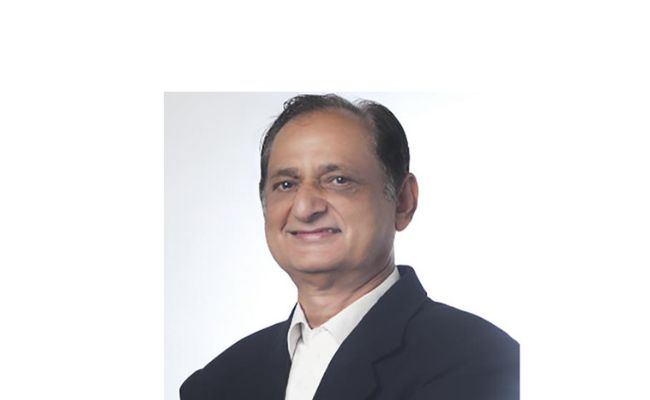There is a general economic slowdown in the Indian Economy with falling GDP numbers. What impact do you visualize in the Insurance industry?
There has been a visible impact, especially for motor, new projects etc. But during such times, the industry has to work around by reaching out to new customers, inspiring them to use insurance as a tool for protection.
For example, when there was a change in the Motor Vehicle Act, people were encouraged to get their insurance policies re-activated. We at Digit too, saw a 7 times higher number of two-wheeler policies sold after this change. 86% of such cases were expired ones, which means this change encouraged them to abide by the law.
Do you think customer service is going to be a key differential factor in selling insurance? How are you using technology to improve customer service?
Absolutely! Especially in the space of standard products, the customer perception & experience driver is the quality of service provided. And technology becomes a key tool to make that happen. Right from being able to sell the policies with instant issuance, we at Digit use technologies like bots and AI. AI for example is used to process 85% of the expired bike renewal cases within 10 minutes, by enabling automated pre-inspection. And because 10% of the motor cases require pre-inspection, this becomes an important service benefit, especially, when the industry may also take up to 7 days to complete the pre-inspection process as it is done manually as well.
How do you view the need for product innovation in insurance products?
At Digit, we believe in creating products that we would like to buy for ourselves and our families, products with real benefits. And that is where the scope of innovation lies and yes, there is a lot of scope. For example, data showed that around 65% of mobile customers mainly bought mobile insurance to insure their phone screens as that is the most common accidental damage; also it costs almost 20% of the phone’s invoice value to get the screen repaired. Therefore, we found a need for a mobile insurance product that protects the screen damage only. And of course, due to the specific coverage, it also costs less, working for the customer’s pocket as well.
In the insurance sector in India the individual, travel and accident products are still far under penetrated. How do you eye this segment?
The answer lies in your above question actually i.e. there is a gap in terms of innovation for these products as most of the time even if the product is purchased, people don’t see the value in it as they are hardly able to make a fair claim under it.
For example, for travel insurance, we realized that the industry was mostly offering a 6-hour flight delay product i.e. the benefit would apply only if the flight gets delayed after 6 hours, which is very rare. Therefore, we launched a 100% automated flight delay product, starting at just 75 minutes. Again, a benefit actually makes people claim.
This is the change of thinking, while designing the product, we need to make, to increase the penetration of such new-age products which are especially not mandated by law or don’t have a huge blow to one’s savings.
After the thrust on digitization what has been the impact on people buying products from online channels.
People, especially millennials, are getting more comfortable with the channel because of a macro environment of trust that is getting formed around online transactions and companies. Also, for them, online is becoming the preferred channel of pre-buying research.
But majorly, we have seen that a trustworthy advisor like an agent, especially for non-motor policy buying decisions, is still one of the channels where people go to make their insurance purchases.
Therefore, while we are seeing the online sales increasing, we are focusing on assisting our partners to imbibe digitalization by providing them tools and portals with which they can make all the processes, buying to claiming, digital for their customers.
Apart from your direct sales, what is the contribution of other distribution channels in your total business?
Our model is a partner centric one and the majority of our business comes through them.
How do you foresee the market of small ticket products like cover for app cabs etc?
Mostly these products are not opted-in by customers nor are they opted-out due to their low premiums. These products make sense in partnership with the core service provider, cabs providers in this case as they cover the person for a short period of time.
How has been the performance of your company in the current financial year and your future projections?
From a business point of view, in the first full year we did $173 million and this year will cross $300 million.
Any future development that you would like to share?
We will soon launch health products on our direct channel as well.


